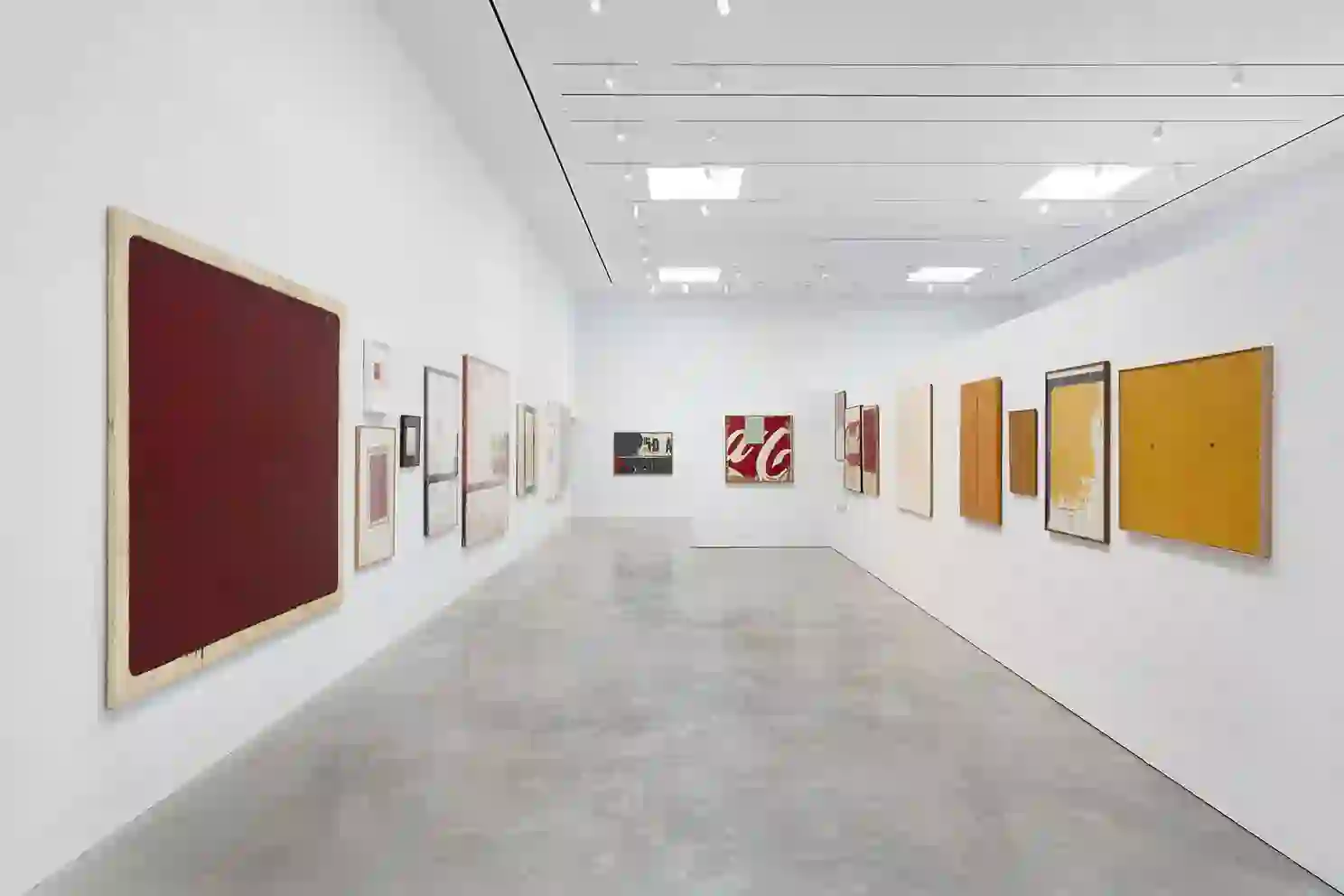On view through January 8, 2024, Mario Schifano: The Rise of the ‘60s was the first major survey of work from the 1960s by the Roman painter born in Libya. On view eighty works, the great majority on loan from international collections, including twelve from Fondazione Maurizio Calvesi Collection that have never been exhibited before.

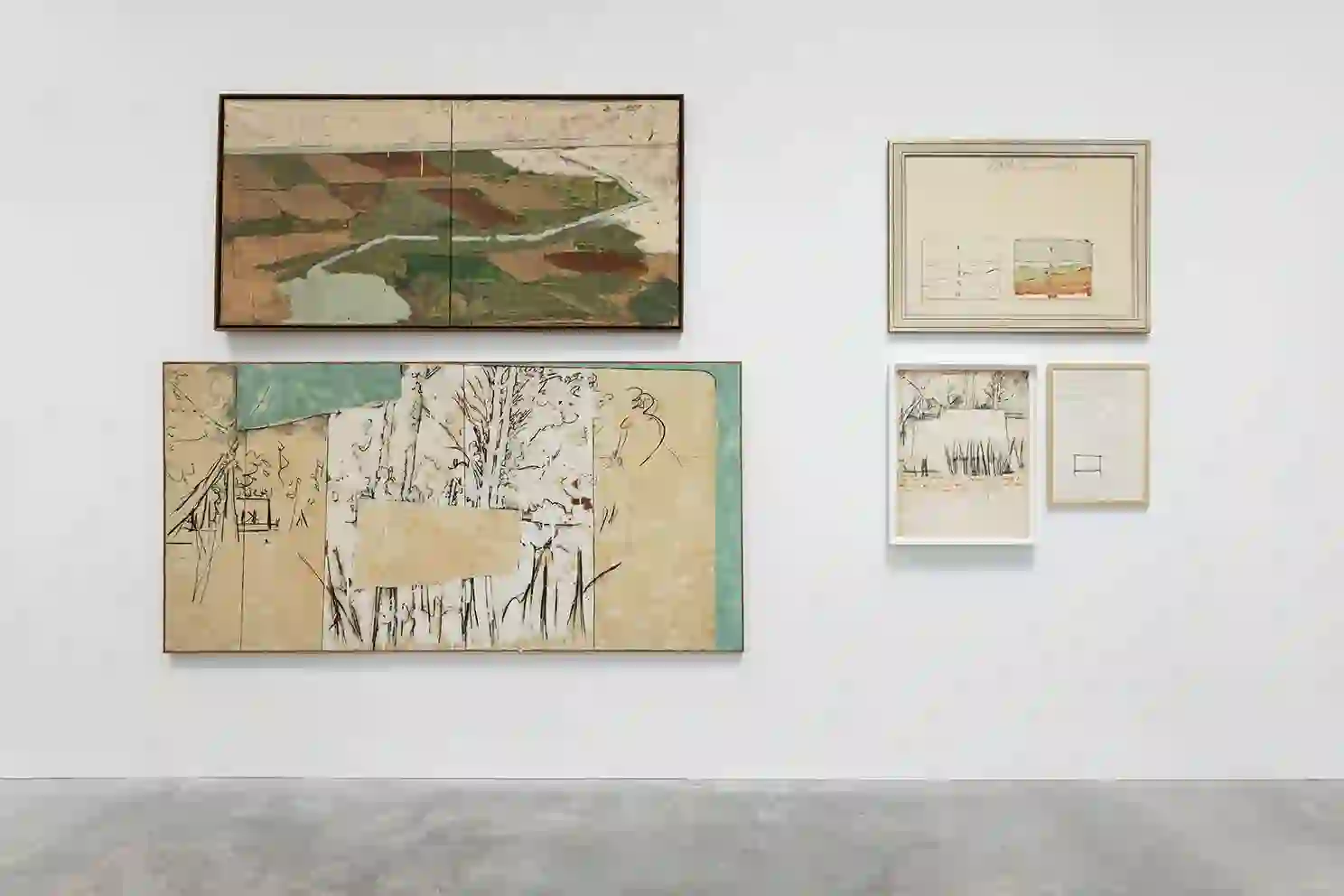
Organized by Magazzino Italian Art in collaboration with the Archivio Mario Schifano, the exhibition was presented on the sixtieth anniversary of Schifano’s first visit to the United States—a turning point in his career—and included works from the beginning of the 1960s made in homage to Italy’s painters of commercial billboards. With their painterly play on the logos of companies such as Coca-Cola and Esso, these works represent a parallel, independent development to American Pop Art. Also on view are series including his monochromes, emulsion canvases dedicated to TV Landscapes, and photographs from a road trip in the United States.
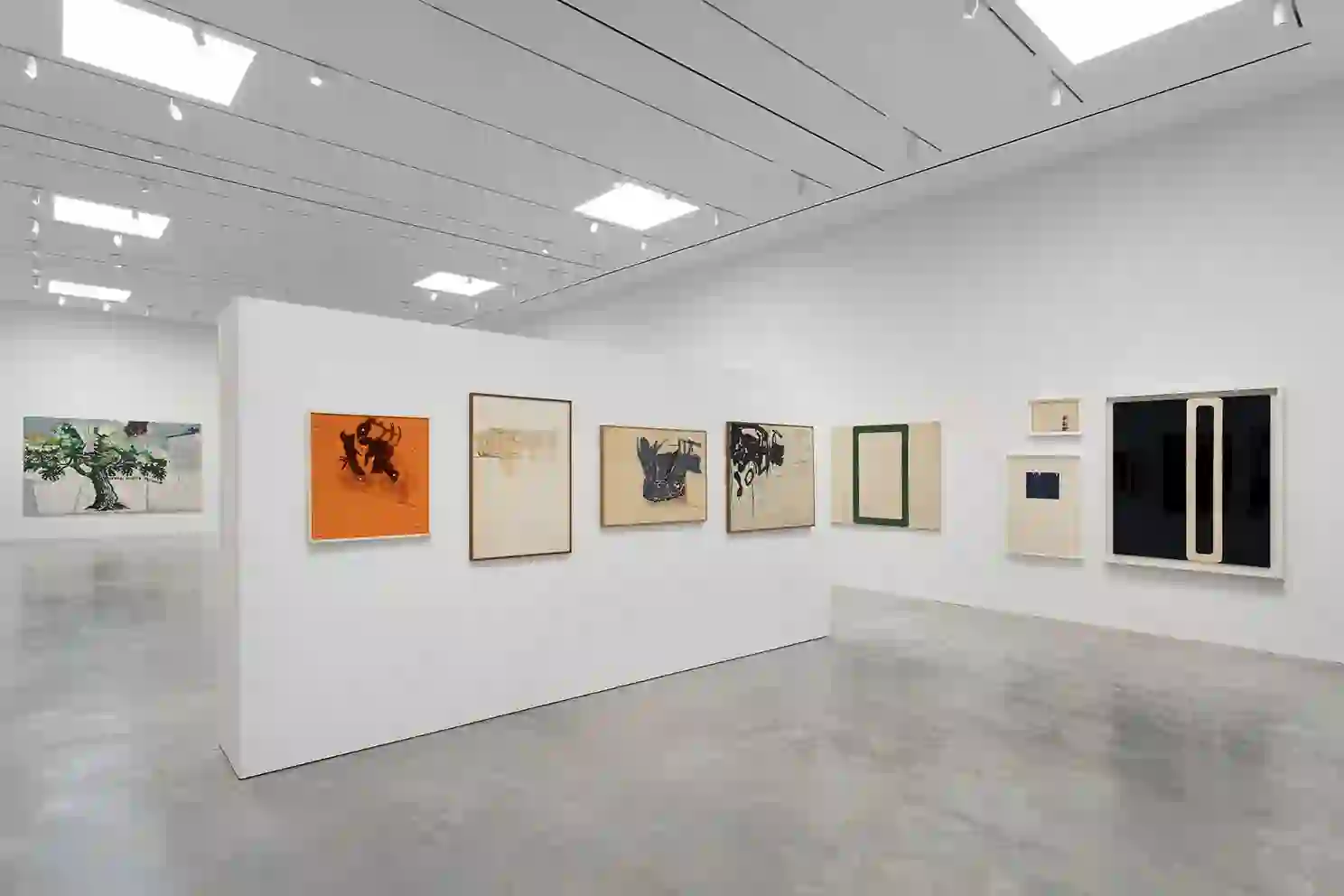
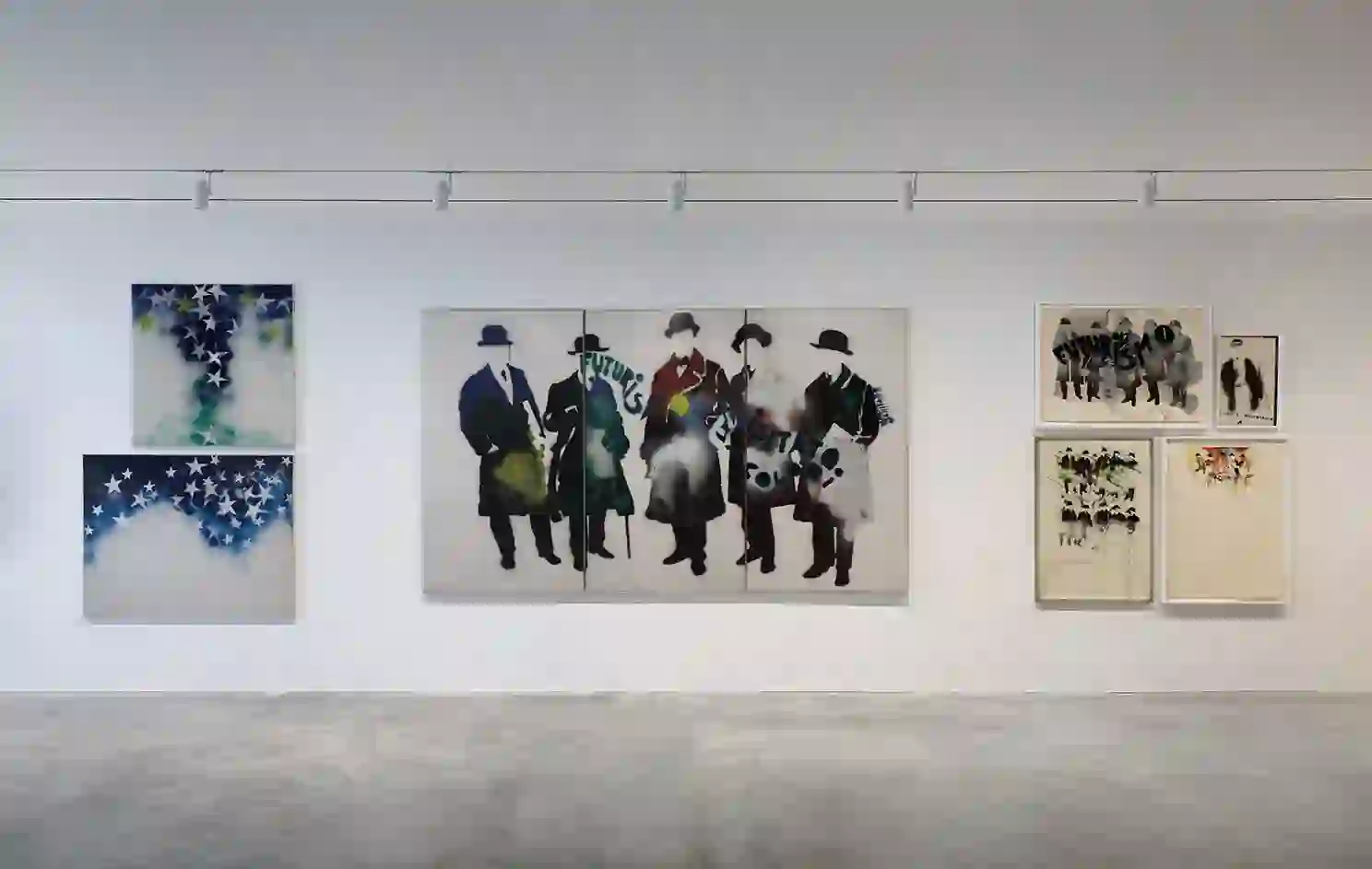
While keenly attuned to the currents of the moment (as acknowledged by the title Rise of the ‘60s, inspired by a book by art historian Thomas Crow), Schifano also drew continually from, and commented on, the historic work of artists including Giacomo Balla, Umberto Boccioni, Leonardo da Vinci, Piero della Francesca and Kazimir Malevich. For Schifano, painting was a form of wandering, in which he brought together his encounters with art history, photography, current events, love and sex: or tutto (everything), as he titled one of his paintings. His work was an all-encompassing practice that reflected both his own energies and the zeal of a generation of writers, poets, and intellectuals.
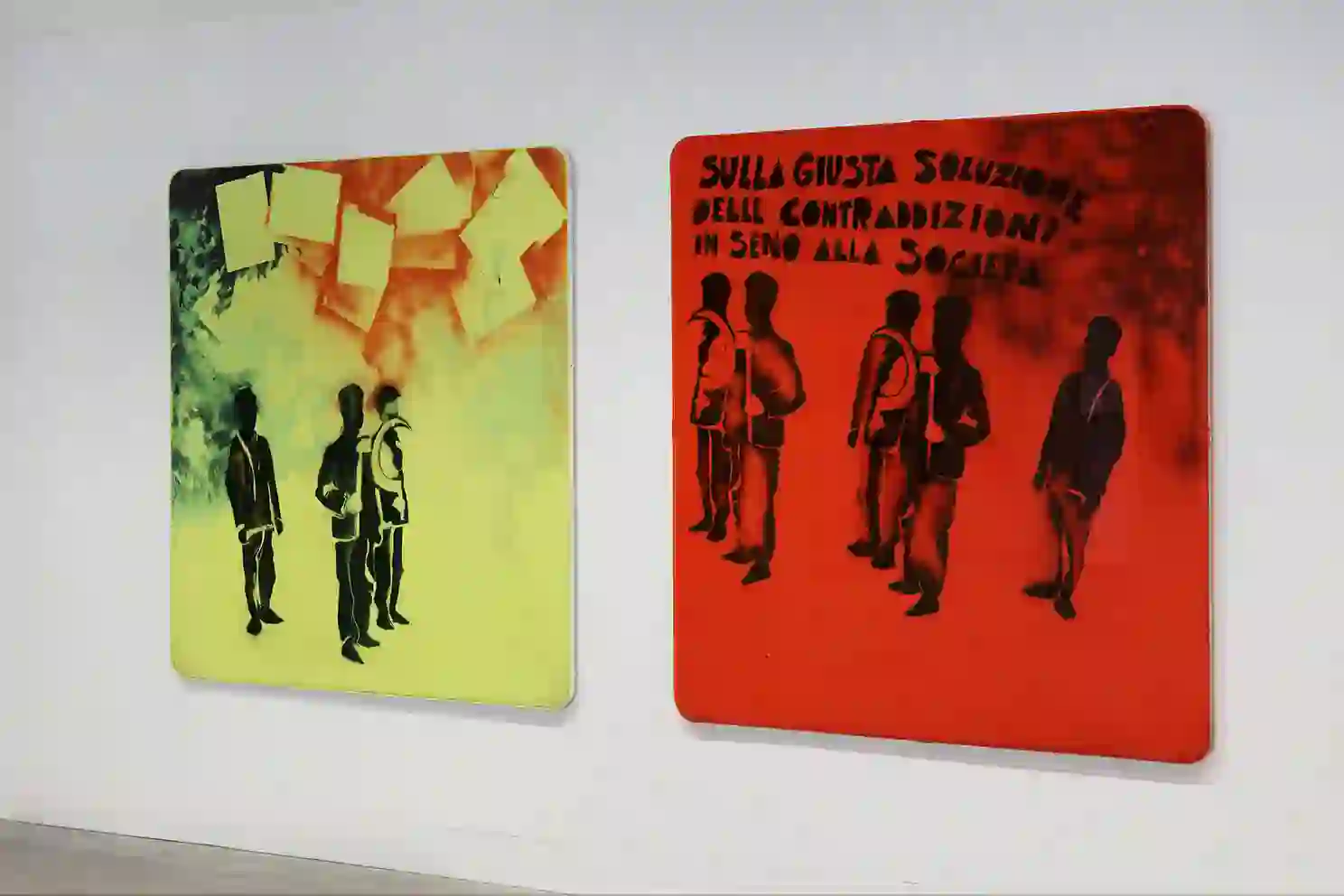
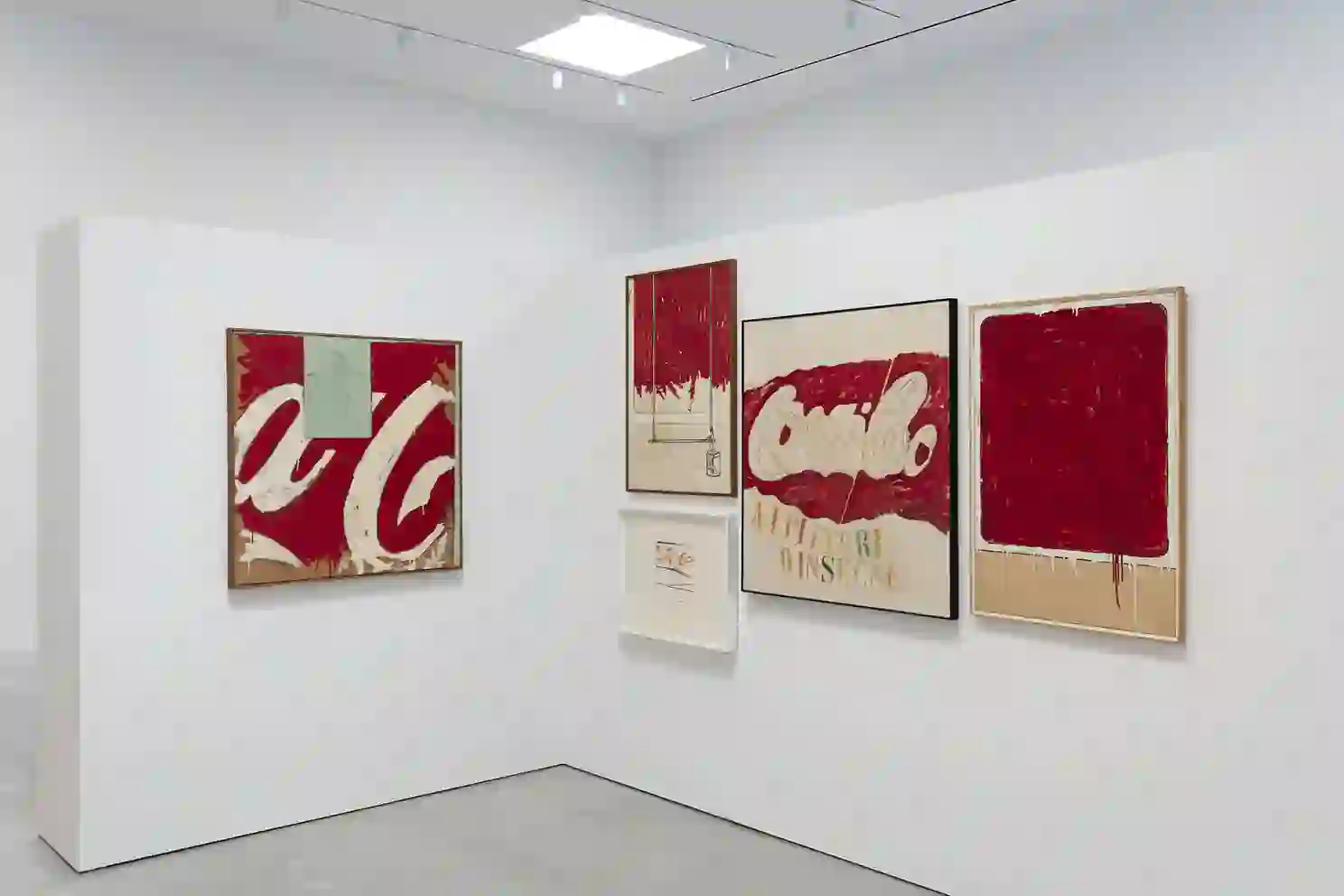
The exhibition will be accompanied by the publication Mario Schifano: The Rise of the ‘60s, curated by Alberto Salvadori, Lara Conte and Francesco Guzzetti with texts by Alberto Salvadori, Andrea Cortellessa, Claire Gilman, Daniela Lancioni, Francesco Guzzetti, Giorgia Gastaldon, Giuliana Bruno, Lara Conte, Luciano Chessa, Raphael Rubinstein, Riccardo Venturi and Stefano Chiodi.
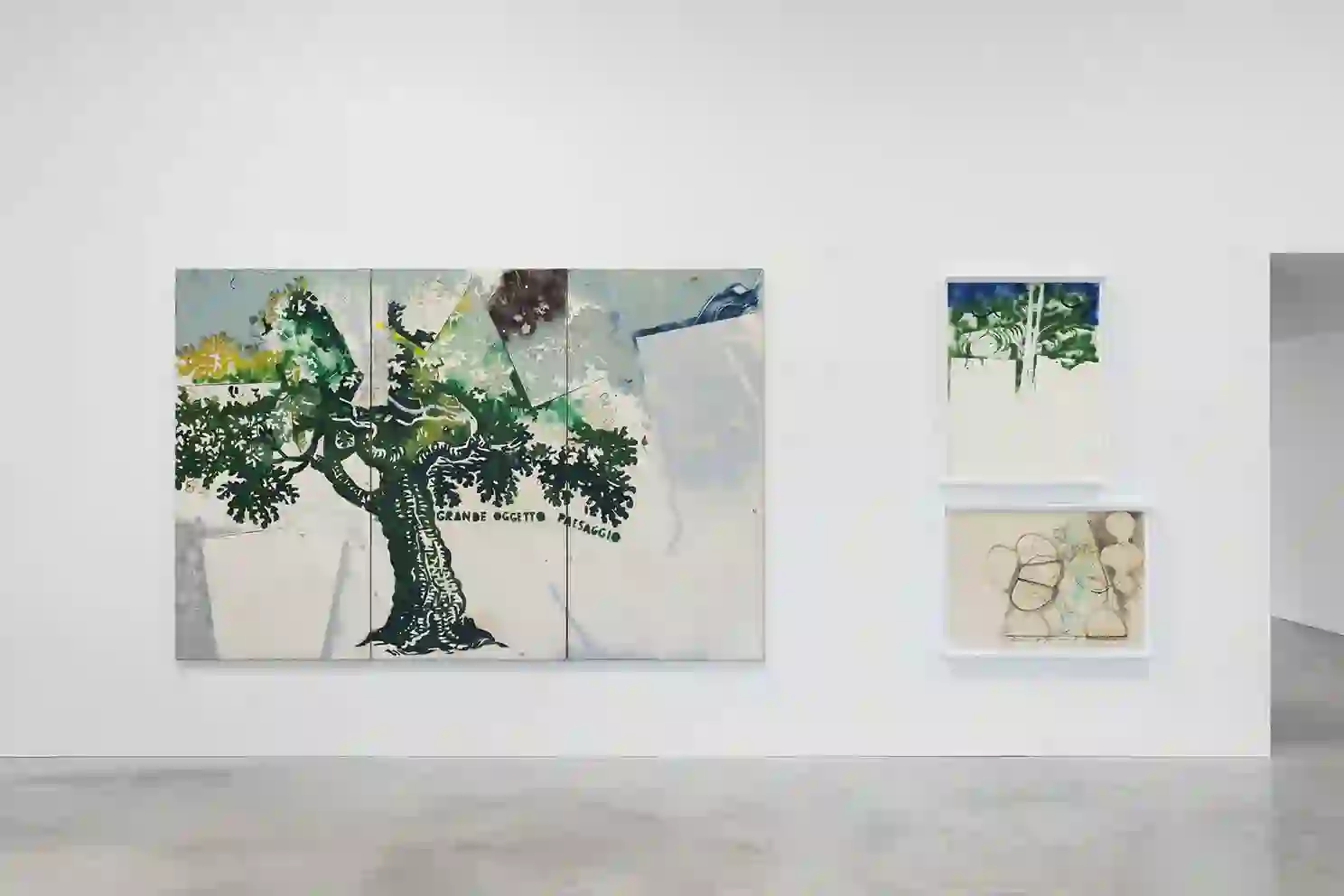
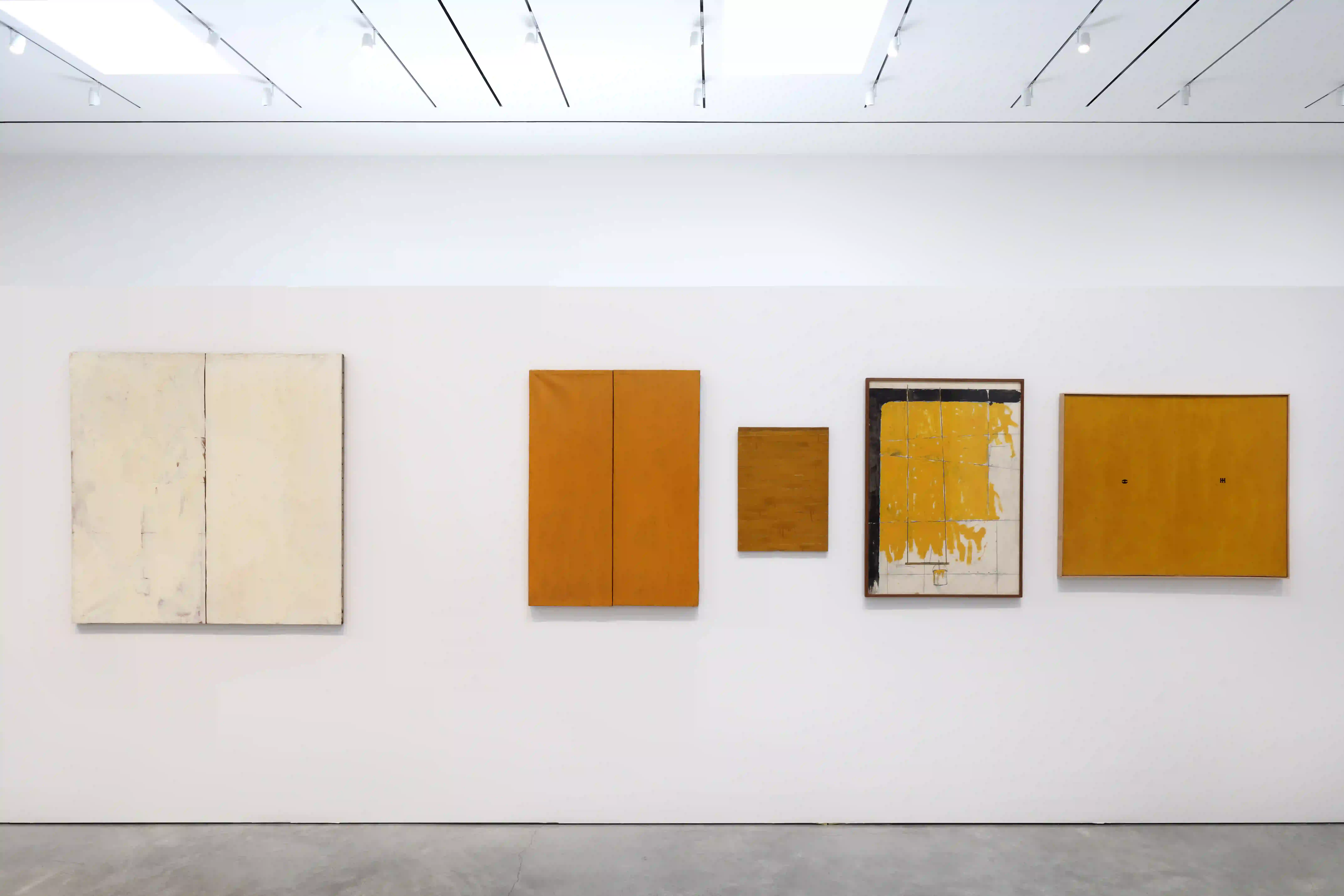
Magazzino Italian Art was also pleased to present a special project in partnership with Maison Valentino at their newly opened Valentino Madison Avenue Flagship store. Featuring five stunning, large-scale paintings by Mario Schifano, this extraordinary project was an extension of the exhibition, Mario Schifano: The Rise of the ‘60s. Much like Schifano himself, who skillfully bridged the creative energies of Rome and New York, the exhibition served as a vibrant conduit connecting Italy to the bustling heart of New York City. You can read more about the collaboration here.
About Mario Schifano
Mario Schifano (born in Homs, Libya in 1934; died in Rome, Italy in 1998), made his first important appearance with the exhibition Five Roman painters: Angeli, Festa, Lo Savio, Schifano, and Uncini, presented by Pierre Restany in 1960 at the Galleria La Salita in Rome. He attracted critics’ interest with his monochrome paintings, which evoked the feeling of a screen and displayed numbers, letters, road signs, and the Esso and Coca Cola trademarks. He signed an exclusive contract with Ileana Sonnabend and then in 1962 made his first trip to the United States, where he was struck by the work of artists such as Dine and Kline. He spent a great deal of time with Frank O’Hara, Jasper Johns, Rothko, Andy Warhol and Gregory Corso and exhibited at the Sidney Janis Gallery in New York in the exhibition The New Realists.
After solo exhibitions in Rome, Paris, and Milan, he returned to the United States where he received much attention from the press, winning several awards including the Premio Lissone (Lissone 1961), the Fiorino award and La Nuova Figurazione (Florence, 1963). In 1963, he ended his collaboration with Ileana Sonnabend who had been surprised by the drastic shift in the artist’s practice in contrast to his earlier work. His later work contains many references to earlier periods in Italian art history. The first of his “Anemic Landscapes” came out of this period and he presented it at the Venice Biennale Exhibition in 1964 upon invitation. The first short films he created, shot in black and white and for the most part silent, come from this period as well.
He participated in international collective exhibitions including events at the Carnegie Institute in Pittsburgh in 1964, and in 1965 at the San Marino and Sao Paulo of Brazil Biennial exhibitions, as well as the National Museum of Modern Art in Tokyo.
He took part in a collective exhibition at the Galleria La Salita in Rome where he did not exhibit paintings but projected photograms on the Vietnam War.
An ideological and existential crisis forced him into periods of isolation in his studio where he created works reinterpreting Magritte, De Chirico, Boccioni, Cézanne, and Picabia. He remade his works of the ‘60s in the Sintetico dall’inventario series.
